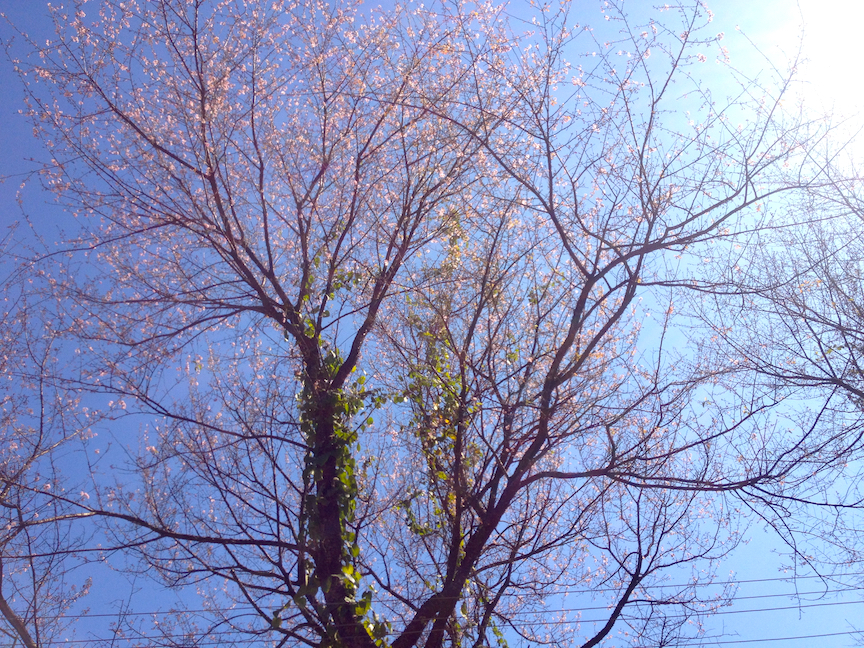For as long as I can remember, ‘fitting in’ was an essential part of growing up in Shillong. It wasn’t mandatory, but it wasn’t optional either.

As a Bengali in Shillong, many of my acquaintances still don’t believe I’m from there. It is true, not all Bengalis find their roots in Kolkata or Bengal. My breed traces back to Sylhet. We are refugees from East Pakistan (now Bangladesh). While my maternal grandparents moved to Shillong (then a part of Assam) soon after the Partition, the paternal lineage of my family has lived there for many generations now.
(And yes, Shillong does have a very healthy though diminishing population of Bengalis, Sindhis, Punjabis and fewer Marwaris.)
Things were always different for a non-tribal or ‘Dkhar’ in Shillong. My friends circle in school was a diverse mix of Khasi, Punjabi, Marwari, Mizo, Jantias and of course, Bengalis. I didn’t succeed in picking up and learning the dialects, customs and nuances of the other communities, just as I didn’t of my own. In all fairness, I thought school was a very odd phase— when I was more focussed in my academics than social growth and well-being.
Evidently, I didn’t make the best of friends in school. Because I didn’t know who I was and the entire exercise of ‘fitting in’ was too exhaustive.
Ironically, as I graduated to my Pre-University course, I started to feel more at home with my Sylheti friends. The batchmates I avoided associating with throughout my school life were suddenly the ones I wanted around me. Was it a step to belong?
While I continue to unfailingly revisit Shillong every year, this year was somewhat different—refreshingly different—if I’m allowed to flatter myself. Apart from my customary visits to old relatives’ houses, I met an old batchmate from school.
Karen has always been one of the brightest women of my acquaintance and having met her after 14 years, I can still say the same. Not delving into how prosperously she has shaped her career, I was incredibly amazed at how self-driven, aware and humorous a person she continues to be.
I allowed myself the pleasure of being a tourist—a cloak I have often hidden beneath. This wasn’t tough. For me, Shillong isn’t the Living Root Bridges or Ward’s Lake. It is the local haggling at Bara Bazar in my Khasi-Bengali-Hindi exclaims, the unknown hikes in the outskirts of the town to which I have no reference points, and aimlessly walking around PB (Police Bazar) just because I have the time to waste.
The only difference is now it takes me a couple of days of practice to fit into the actual way of my Shillong life.
We are strangers in our own minds, you know?
A lot of things set things right in this trip. And a lot continue to support the divide. I’ll focus on the former, because I’m no longer choosing. I have grown up to be every thing I learnt as a Sylheti in Shillong, and as a proud Northeastern while I moved life across eminent cities of India like Delhi, Mumbai and now Kolkata. Luckily, we just have to remember where we come from. And that is the tricky part, too.
The best part of life is that we grow up. Grow up not trying to fit in, impress, or find an identity. It is has been more and more about being content and quiet. And what no one ever tells us about growing up is that it is a lot of fun.
Read: Looking back at Shillong
Where do you belong?
For regular travel nostalgia Like my Facebook Page and follow my photo series on Instagram.






Well written. Many will be able to relate to this.
Thanks Karikor. And welcome to my blog :)
Good one! Liked it!
Thanks :)
Searching for shyllety bangali itt seems it is lost. I am searching fanatically to know our roots and people who share a concern being shyllety and from shillong. Good to see ur blog. My land shiilong how much i die to live there but unfortunately not possible. Shillong it too good
Much to the contrary. Every time I go back to Shillong, I return with a plethora of information on our roots. We’re still there and Tripura, in great numbers. May be only the present and future generations are scattering away, like all other races and civilisation. Visit Shillong some time soon? :)
Loved the post Amrita. Well, I had Sylheti relatives in Shillong Laitumkhrah area, they had settled there after partition and I last met them in 1980. Any idea where they are now.? Just remember they were Nandy family, one son an advocate and a Ramakrishna mission bhakt, one daughter who was married and had gone to Germany. Plz let me know if any of you can trace them.
Hi Shoma, thanks for stopping by. The information that you’ve given me is quite vague. I’ll at least need their names, house address and probably schools. That way I can probably trace the family. :)